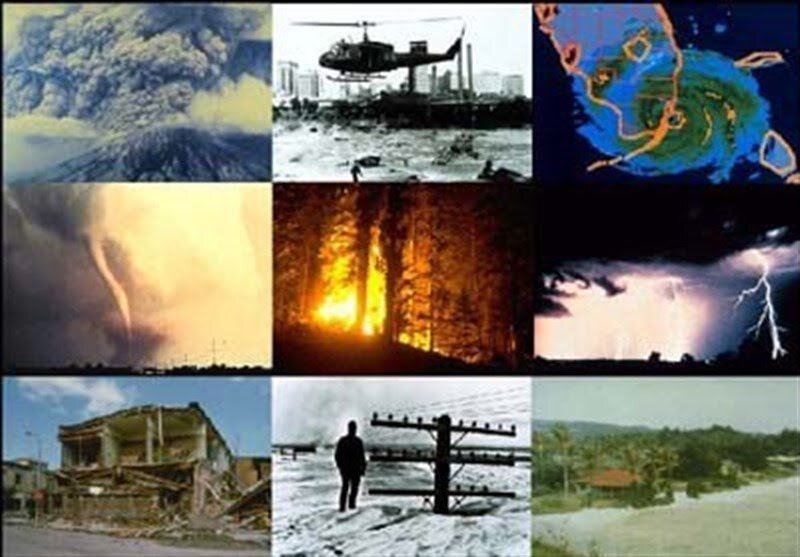IFRC: Sanctions has significantly hindered Iran’s capacity to address natural disasters

TEHRAN –The imposition of unilateral sanctions by the United States on Iran has significantly hindered the country’s capacity to address humanitarian emergencies effectively, according to the International Federation of Red Cross (IFRC).
These sanctions have restricted access to vital resources, including medical supplies and equipment, thus impeding disaster response initiatives and worsening the effects of natural disasters on already vulnerable populations, the IFRC website reported in a press release on October 10.
Iran is highly susceptible to seismic events, with earthquakes occurring frequently and resulting in severe humanitarian crises. Additionally, seasonal flooding poses a significant risk, often intensified by deforestation and inadequate infrastructure. For instance, in 2019, extensive flooding affected over 25 provinces, leading to loss of life, large-scale displacement, and widespread damage to homes and critical infrastructure.
The World Risk Index 2023 and the vulnerability rate for Iran suggest that Iran has a relatively high level of vulnerability and the significant lack of coping capacities highlight the need for improved disaster preparedness and capacity building.
The challenges issuing from the pandemic, coupled with increasing US sanctions imposed in mid-2018, have led to the deterioration of Iran’s economy. Unemployment and inflation rates have increased, weakening the banking system and decreasing income generation in the country. With limited fiscal space and high inflation, economic pressures on poor households are expected to continue.
The country’s recovery is projected to be slow and gradual. The repeated sanctions on Iran have led to a wide range of negative economic outcomes for Iran, which include the rapid devaluation of the Iranian currency, severe trade and fiscal deficits, inflation, and a rise in the poverty rates in the country.
Moreover, Iran is home to a substantial number of refugees, primarily from neighboring Afghanistan. The country continues to face a multitude of humanitarian challenges, such as natural disasters, economic strain, displaced populations, and public health crises.
Some 250 natural disasters annually
In October 2023, Jafar Miadfar, head of Iran’s Emergency Organization, said approximately 250 natural disasters hit the country every year.
Based on a report published by the International Strategy for Disaster Reduction (ISDR), the country is in the risk level eight out of ten, he added.
A total of 40 natural disasters are known in the world, 32 of which occur in Iran, ISNA quoted Miadfar as saying.
“Iran is one of the ten highly hazard-prone countries in the world. It ranks fourth in Asia.
The Iranian people’s vulnerability to natural disasters is 80 percent.”
As a result of these natural hazards, some 3,000 people are killed, 9,000 people are physically injured, and 1.5 million people are affected, he noted.
“Geographical location, topographical features of Iran, and high structural and non-structural vulnerability of the society strengthens natural hazards impacts leading to countless deaths and injuries and other health consequences,” Miadfar highlighted.
He added the rapid development of urbanization has caused many rural residents to live on the outskirts of big cities, places which do not have the necessary resistance against disasters.
In March, the head of Crisis Management Organization said that the international organizations have failed to support the crisis management organization and crisis-affected areas in the last few years, showing a double standard toward Iran.
He went on to state that international organizations are known to have good capacities in the field of crisis management, but the performance of these organizations is affected by the domination system so their claims do not match their behavior, IRNA reported.
MT/MG
